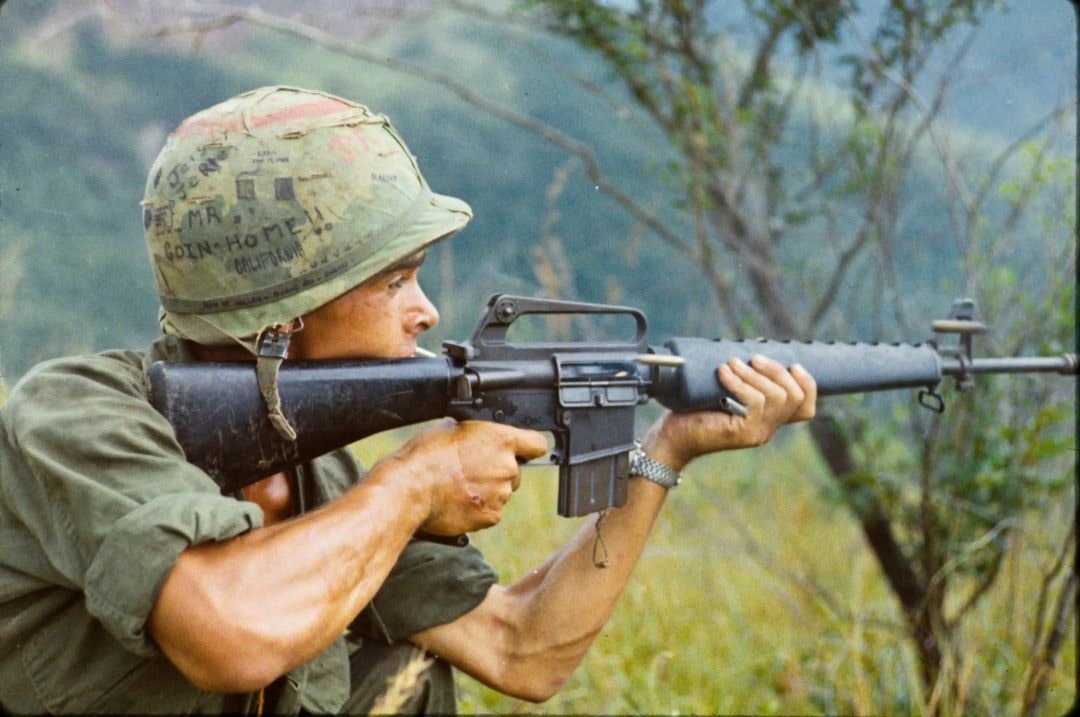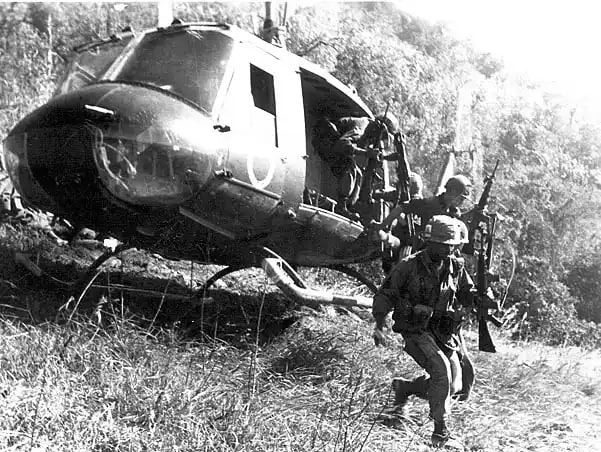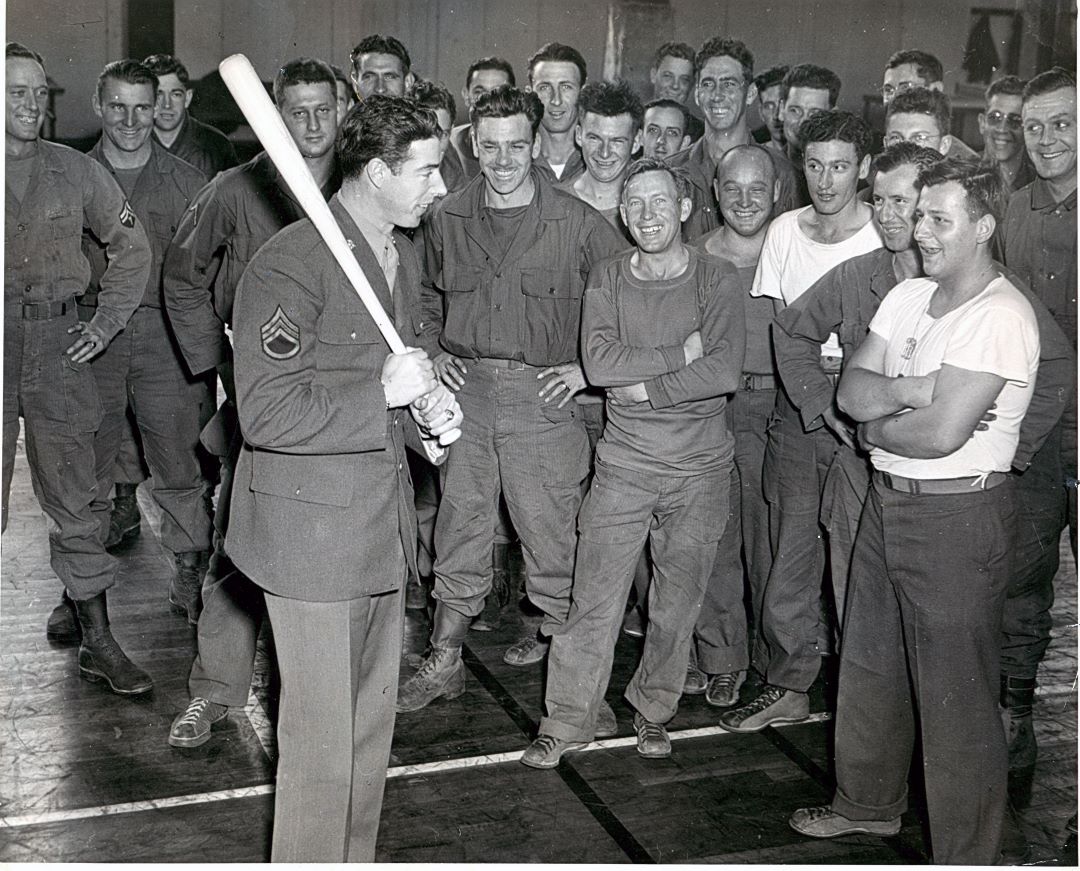END OF THE VIETNAM WAR 50TH ANNIVERSARY COMMEMORATION – M16A1 RIFLE
The Vietnam War’s most iconic infantry weapon was the M16, a revolutionary firearm which dramatically enhanced the lethality of soldiers in the conflict’s hard-fought small-unit engagements.
#Armyhistory
The Vietnam War’s most iconic infantry weapon was the M16, a revolutionary firearm which dramatically enhanced the lethality of soldiers in the conflict’s hard-fought small-unit engagements.
#Armyhistory

First employed by U.S. Special Forces early in the war with great success, the M16 far outstripped the then-standard M14 battle rifle, distinguishing itself through its lightweight construction, excellent accuracy, and superior volume of fire. 

The M16 famously faced reliability issues in the early period of widespread use. Early M16’s degraded quickly and jammed often, issues which were rectified with the adoption of an improved variant, the M16A1, in 1967 as the standard U.S. Army infantry rifle. 

The superior M16A1 served through the Vietnam War and beyond. In the early 1980’s, the M16A2 and M4 carbine were adopted and remain in service to this day, a lasting legacy for the war’s most iconic weapon. 

Share your memories of the M16 in the replies!
#USArmy #TRADOC #M16 #VietnamWar #VietnamWarHistory #VietnamVeterans #MilitaryHistory @USArmy @TRADOC @FORSCOM @SecArmy @ArmyChiefStaff @USArmySMA
#USArmy #TRADOC #M16 #VietnamWar #VietnamWarHistory #VietnamVeterans #MilitaryHistory @USArmy @TRADOC @FORSCOM @SecArmy @ArmyChiefStaff @USArmySMA
• • •
Missing some Tweet in this thread? You can try to
force a refresh

 Read on Twitter
Read on Twitter


















